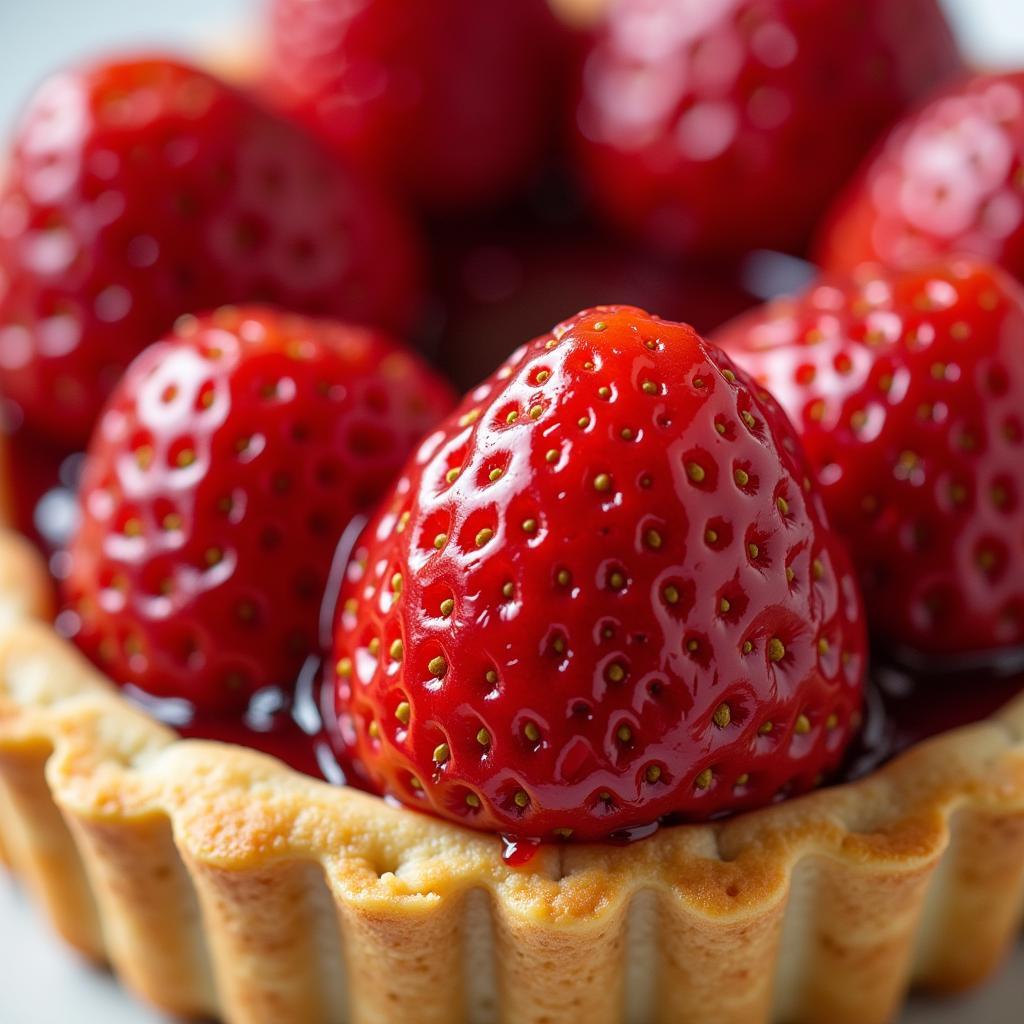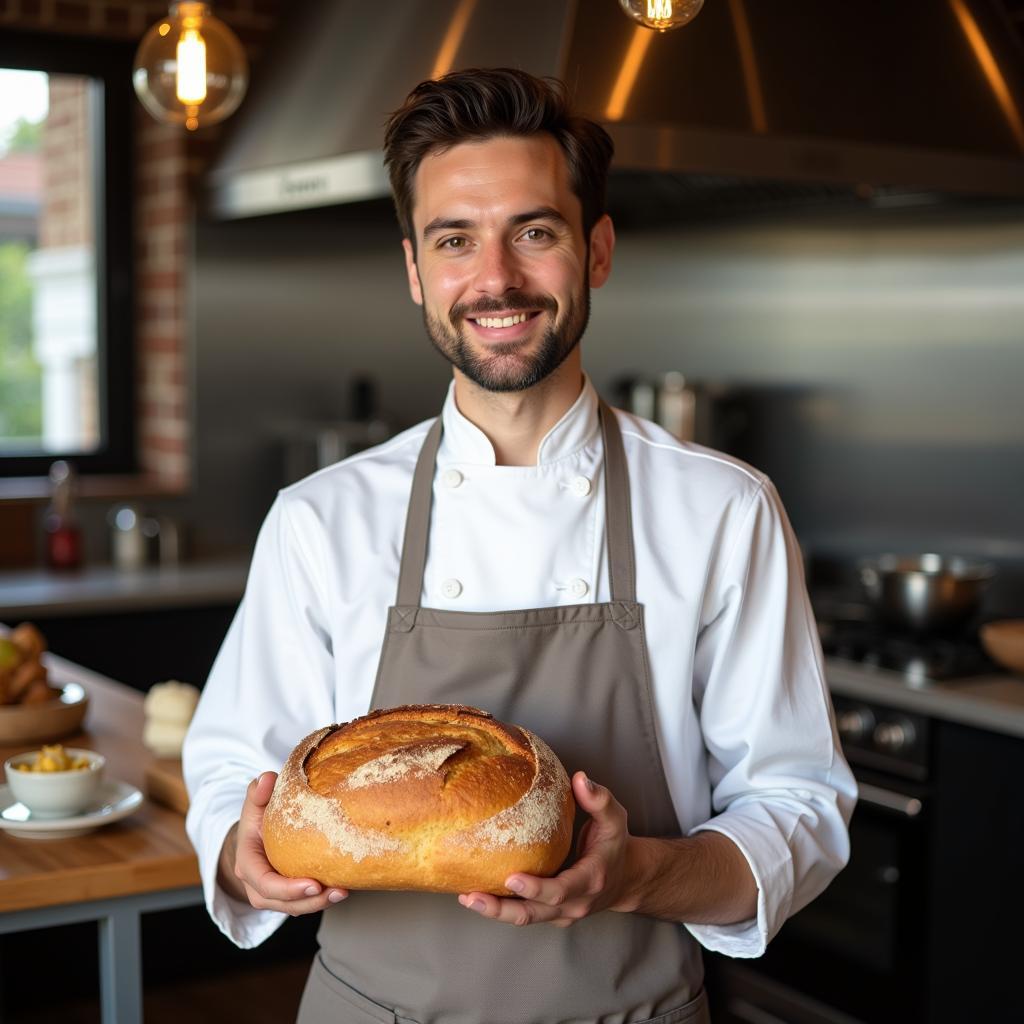Food photography is an art form that tantalizes taste buds and inspires culinary creativity. But to truly elevate your food photography game, you need the right tools, starting with the heart of it all: the camera lens. Choosing the right Food Photography Camera Lens can seem overwhelming with so many options available. Fear not, aspiring food photographer! This guide will equip you with the knowledge to choose the perfect lens to capture mouthwatering masterpieces.
The Essentials: Understanding Lens Basics
Before we delve into specific lens recommendations, let’s cover some photography fundamentals:
-
Focal Length: This refers to the distance between the lens and the camera sensor when the subject is in focus, measured in millimeters (mm). A lower focal length captures a wider field of view, while a higher focal length provides a narrower view and magnifies distant subjects.
-
Aperture: This is the opening in your lens that controls the amount of light reaching the sensor, represented by f-stops (e.g., f/2.8, f/4, f/8). A wider aperture (smaller f-number) allows more light, creating a shallower depth of field (blurry background), while a narrower aperture (larger f-number) provides a deeper depth of field, keeping more in focus.
-
Image Stabilization: This feature minimizes camera shake, resulting in sharper images, especially in low light or when using slower shutter speeds.
Best Lens for Food Photography: Top Choices
Now, let’s explore some top lens choices that cater specifically to the art of food photography:
1. Macro Lens: The Close-Up Champion
For capturing intricate details and textures, a macro lens is indispensable.
- Why it’s great for food photography: Macro lenses excel at close-up shots, allowing you to highlight the delicate beauty of a pastry’s layers or the glistening dew drops on fresh berries. They’re perfect for showcasing the intricate details that make food visually captivating.
- Recommended focal length: 50mm, 60mm, or 100mm macro lens.
 Macro Lens for Food Photography Close Ups
Macro Lens for Food Photography Close Ups
2. 35mm Lens: The Versatile All-Rounder
A 35mm lens offers a natural perspective, mimicking how we see the world.
- Why it’s great for food photography: Its versatility shines when capturing food scenes in context. Whether shooting overhead table settings or capturing the ambiance of a bustling restaurant, a 35mm lens provides a balanced perspective that feels natural and engaging.
- Benefits: Wide enough for context, yet not too wide to distort.
 Food Photography Table Setting Captured with 35mm Lens
Food Photography Table Setting Captured with 35mm Lens
3. 50mm Lens: The Classic Prime
Known as the “nifty fifty,” the 50mm lens offers a classic focal length that’s incredibly versatile.
- Why it’s great for food photography: The 50mm lens excels in various food photography scenarios. Its wide aperture capability allows for beautiful background blur, making your dishes pop. It’s also an excellent choice for portraits, perfect for capturing chefs in their element.
- Benefits: Natural perspective, excellent low-light performance.
 Food Photography Portrait with 50mm Lens
Food Photography Portrait with 50mm Lens
4. 24-70mm Lens: The Zoom Workhorse
For photographers who value flexibility, the 24-70mm zoom lens offers a wide range of focal lengths in a single package.
- Why it’s great for food photography: This lens is perfect for food bloggers and those who shoot in various settings. Its versatility allows you to capture everything from wide restaurant shots to tighter compositions of dishes, eliminating the need for constant lens changes.
- Benefits: Versatile zoom range, great for both wide and close-up shots.
Tips for Choosing the Right Lens
-
Consider Your Style: Do you love dramatic close-ups or prefer capturing food within the context of a scene? Your preferred shooting style will influence your lens choice.
-
Budget: Lens prices vary greatly. Set a budget that aligns with your needs and experience level.
-
Read Reviews: Before investing in a lens, read reviews from other photographers to gain insights into its strengths and weaknesses.
Conclusion
The right food photography camera lens is your gateway to capturing stunning culinary creations. Whether you’re drawn to the intricate details revealed by a macro lens or the storytelling capabilities of a 35mm lens, understanding your needs and exploring different options will empower you to elevate your food photography to new heights. Remember, the best lens is the one that inspires you to capture food in its most delicious light!
Want to explore more about food photography? Check out our guides on gifts for food bloggers and food photography in Rockford!